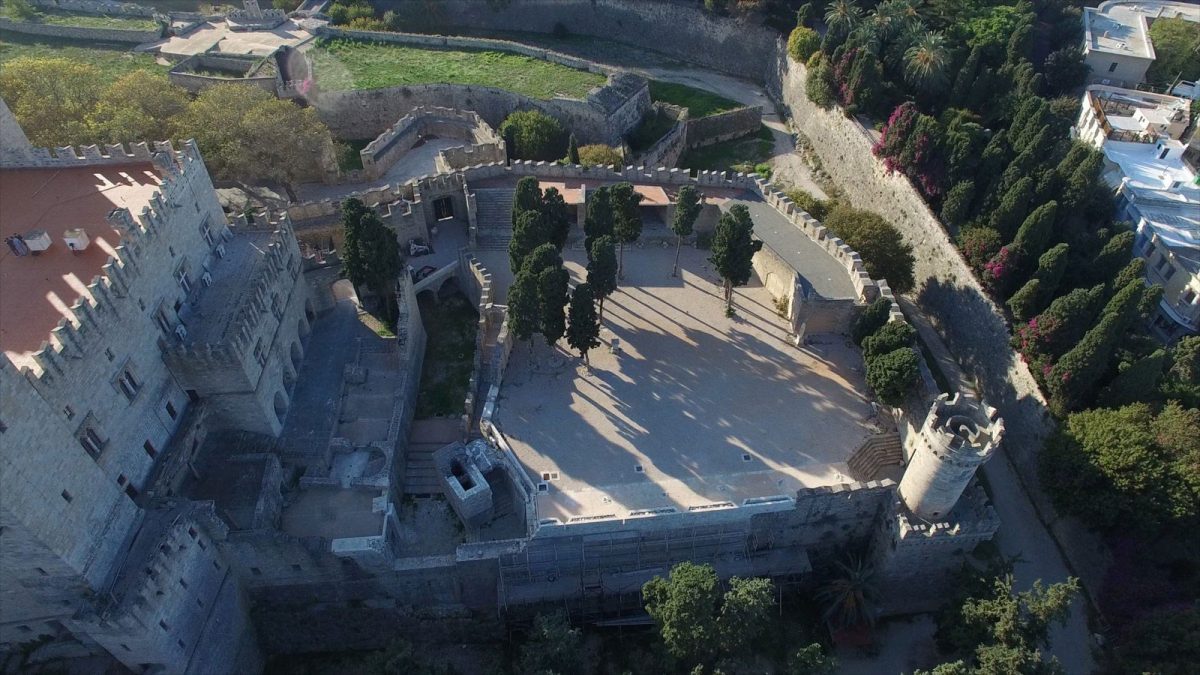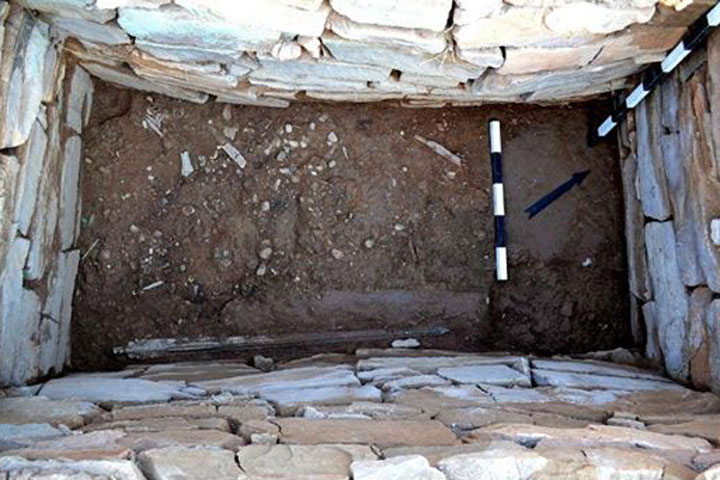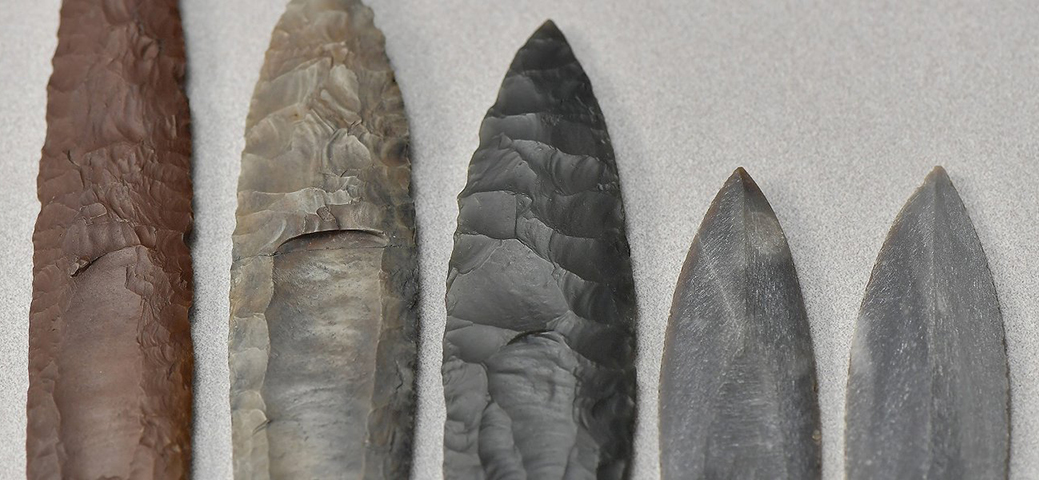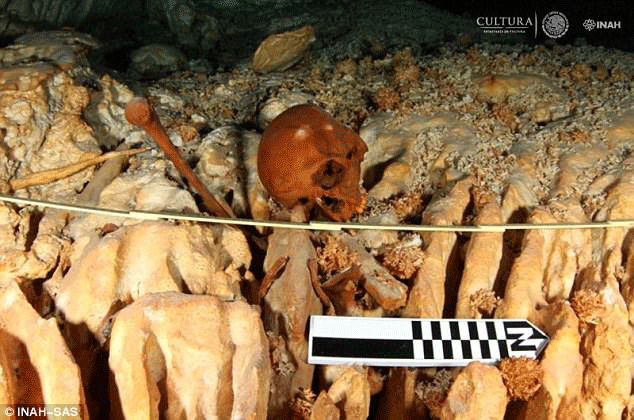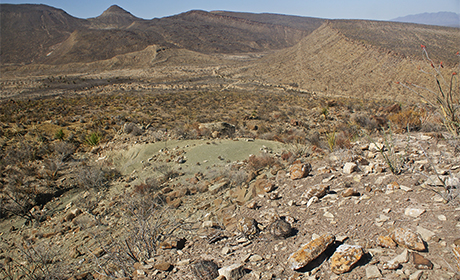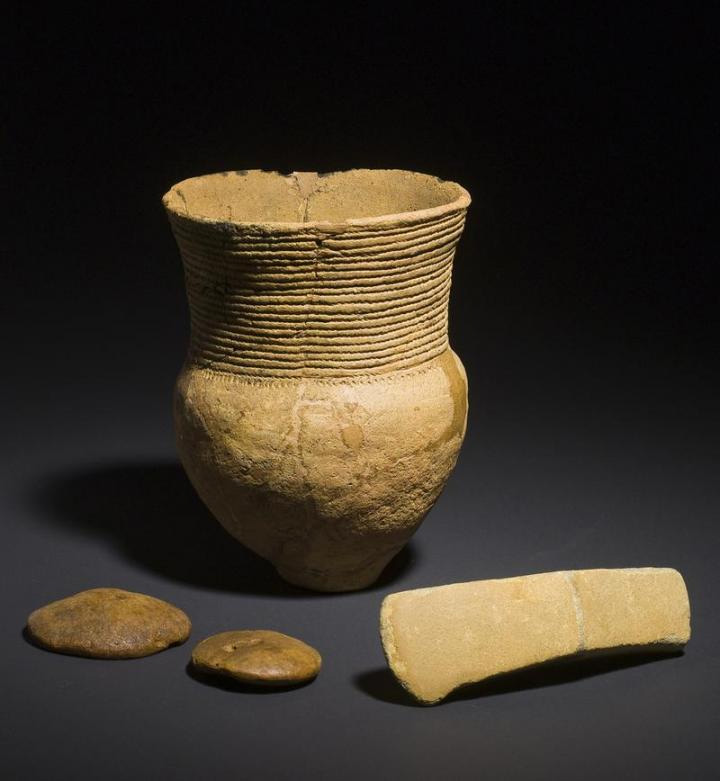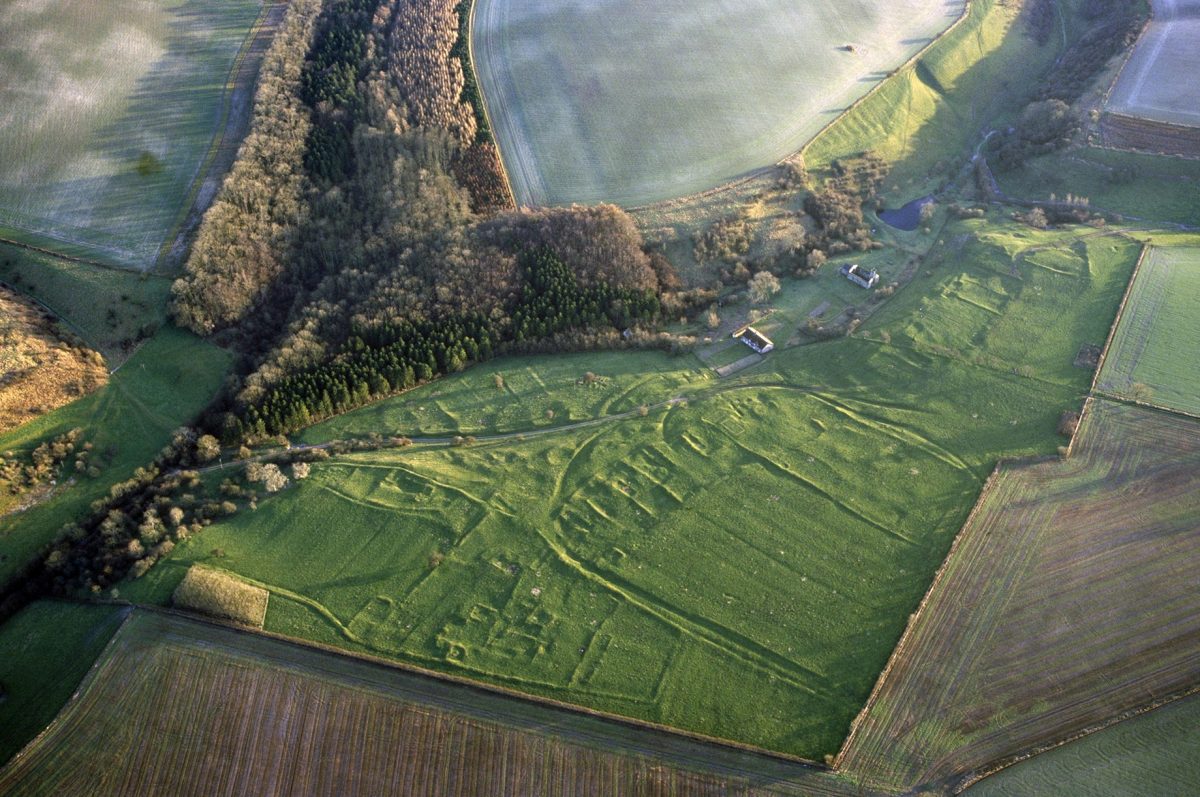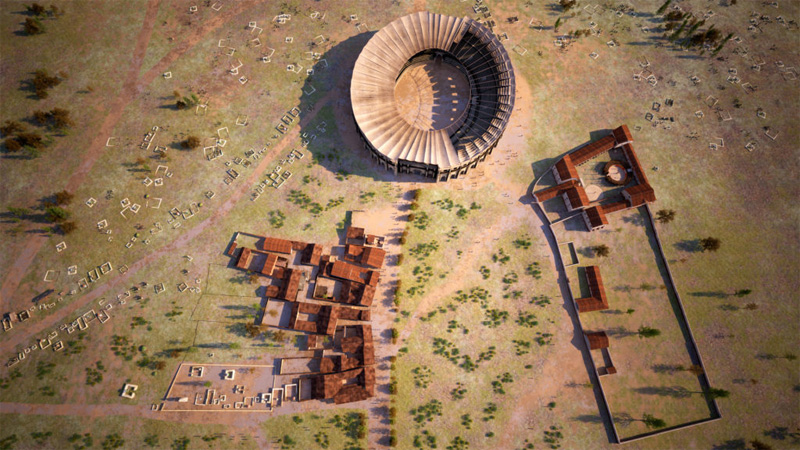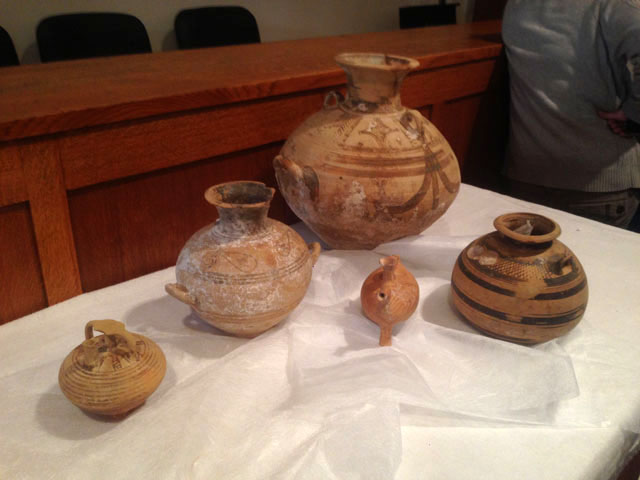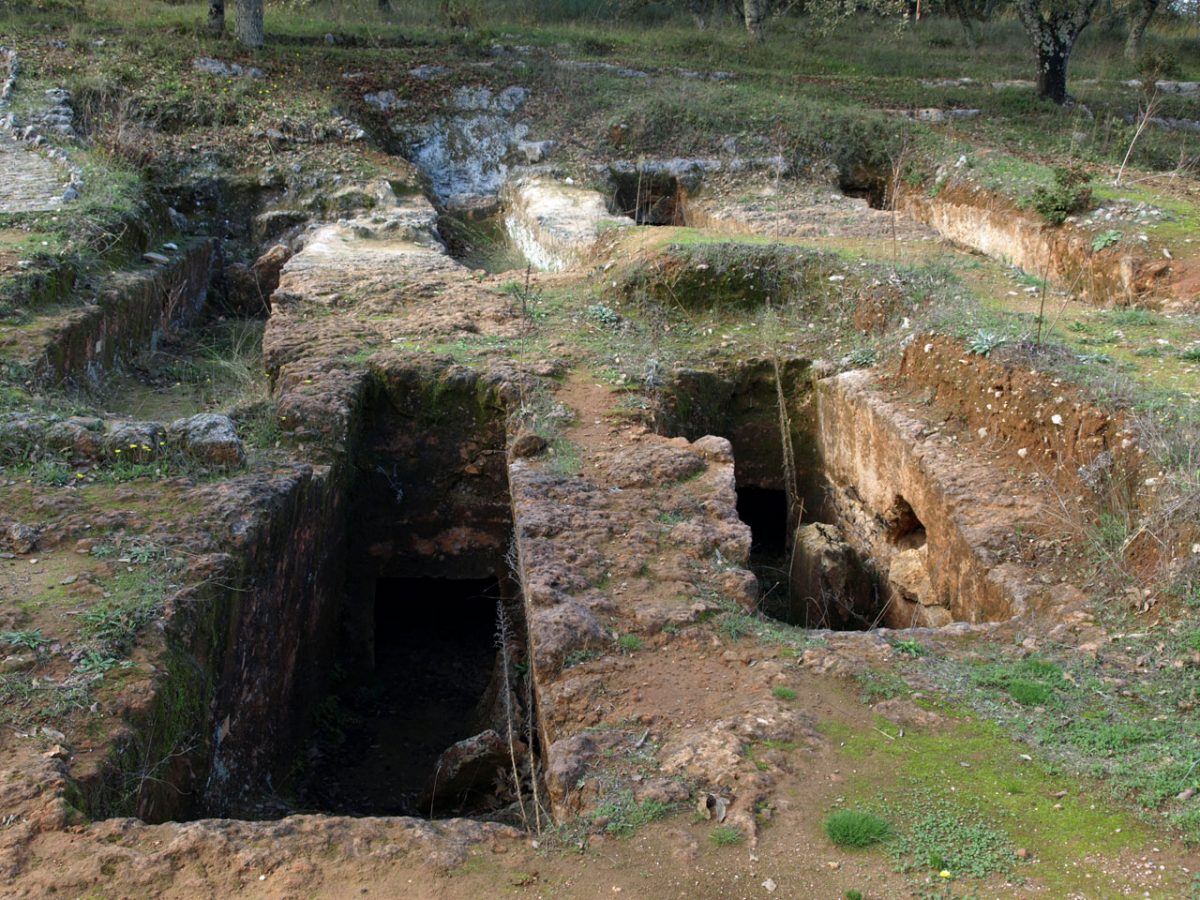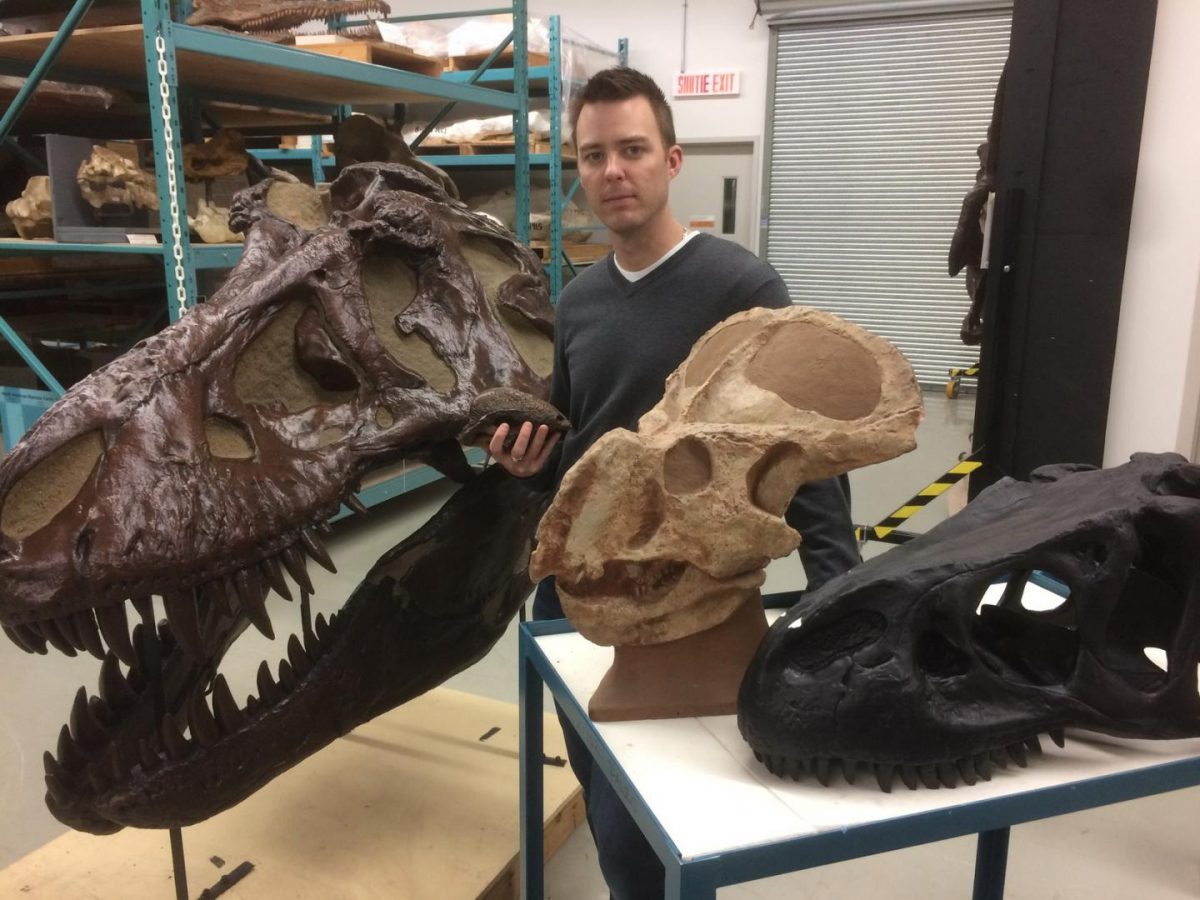A wooden sculpture by Michelangelo returns home
A wooden crucifix sculpture by Michelangelo has been restored and placed in the church of Santo Spirito in Florence.
Reina Sofia Museum presents ‘Pity and Terror’
Yesterday, the exhibition "Pity and Terrot" was inaugurated at the Museo Nacional Centro de Arte Reina Sofia, in Madrid.
Two Europa Nostra 2017 awards for Greece
The European Commission and Europa Nostra revealed yesterday the winners of the 2017 European Union Prize for Cultural Heritage / Europa Nostra Awards, Europe’s top honour in the heritage field.
The Warrior Grave at Plassi, Marathon
Presentation of excavation results at Plassi, Marathon during the symposium Fieldwork and Research XI.
Archaeologist explains innovation of “fluting” ancient stone weaponry
The flint knapping technique of "fluting" the Clovis points could be considered the first truly American invention.
New study of Naia skeleton yields information
A new study has revealed new details on Naia, one of the oldest human remains found in a Yucatan Peninsula underwater cave.
Fieldwork and Research XI
The Department of Archaeology and History of Art of the National and Kapodistrian University of Athens has organized its 11th Two-Day Symposium.
Study reveals 10,000 years of genetic continuity in northwest North America
Indigenous groups living today in southern Alaska and the western coast of British Columbia are descendants of the first humans to make their home in northwest North America more than 10,000 years ago.
New indications of gradual decline of dinosaurs before the end of the Cretaceous Period
The gradual decline of the dinosaurs and pterosaurs presumably came before the impact of the Chicxulub asteroid and the global mass extinction at the end of the Cretaceous Period.
Prehistoric art and ornaments from Indonesian ‘Ice Age’ uncovered
The ARCHE team together with Indonesian colleagues, have shed new light on ‘Ice Age’ human culture and symbolism in a paper published in Proceedings of the National Academy of Sciences.
Steppe migrant thugs pacified by Stone Age farming women
Research suggests that large demographic changes during the first part of the Bronze Age happened as a result of massive migrations of Yamnaya people from the Pontic-Caspian steppes into Neolithic Europe.
New archaeological evidence throws light on efforts to resist ‘the living dead’
A new scientific study of medieval human bones, excavated from a deserted English village, suggests the corpses they came from were burnt and mutilated.
Curators and Communities: Training for Collaboration
ICOM - ICTOP (International Council of Museums - International Committee for the Training of Personnel) is holding its annual conference from October 11-13 (extended programme October 10-15), 2017 in Windhoek, Namibia.
Bread and games in Roman Carnuntum
The scientists have revealed, without excavation, an entire city area next to the stone built amphitheatre, containing bakeries, taverns and shops.
Archaeological treasures have been repatriated from Germany to Greece
Thirty-three ancient artefacts and 600 coins have recently been confiscated in Munich and repatriated to Greece.
Massive treasure retrieved from China riverbed
Archaeologists in the Sichuan province, China, have discovered over 10,000 pieces of a 17th century treasure at the bottom of a river.
Remains of a hitherto unknown pyramid have been unearthed in Dahshour
An Egyptian archaeological mission working in the area located to the south of King Snefru's bent pyramid in Dahshour necropolis has uncovered the remains of a 13th Dynasty pyramid.
Crete’s Late Minoan tombs point way to early European migration
Ancient DNA samples were compared with those of modern Cretans, and the results of these analyses sheds new light to many issues surrounding the ancient migration of people and culture to the island.
The last ‘caimans’ living in Spain
The first evidence of Diplocynodon ratelii found in the Iberian Peninsula.
Mummified CAT scan
A mummified, ancient, Egyptian cat is among a host of artefacts from the University of Aberdeen museums' collections that have been captured using 3D imaging software so they can be shared around the world.
Male or female? Scientist challenges evidence of sex differences among dinosaurs
A paleontologist at the Canadian Museum of Nature is countering decades of studies that assert that some dinosaurs can be identified as male or female based on the shapes and sizes of their bones.
North and South. Central Crete from the later Protopalatial into the earlier Neopalatial periods
Colin MacDonald and Luca Girella at the Archaeological Society of Athens.
Liquid Antiquity
The project 'Liquid Antiquity', organized by the DESTE Foundation, begins next week in the Main Building of the Benaki Museum.
Capturing Byzantium
The Berenson Library (Villa I Tatti / The Harvard University Center for Italian Renaissance Studies) presents a new exhibition with a selection of vintage photographs from the collection of Byzantine art and architecture.






